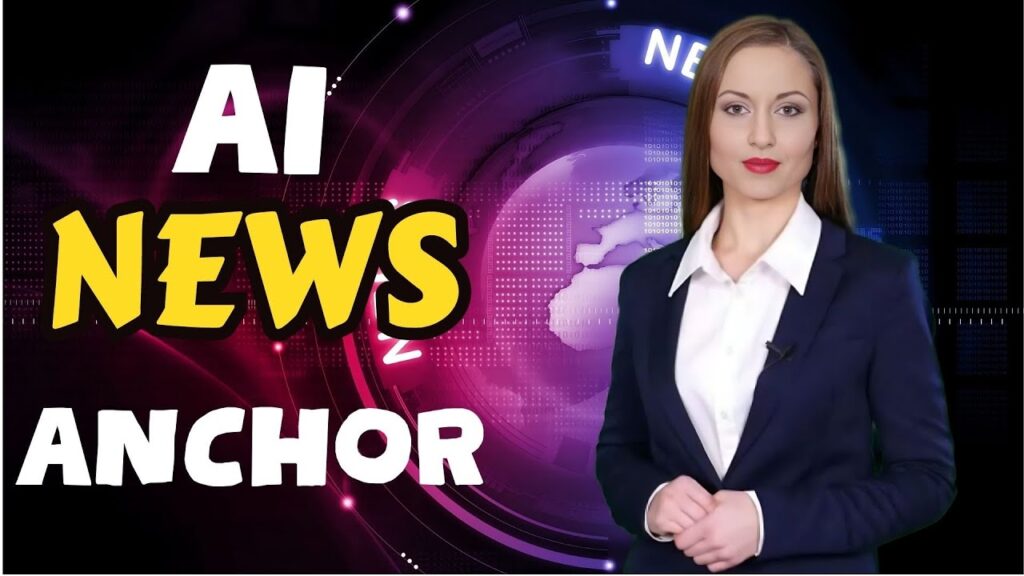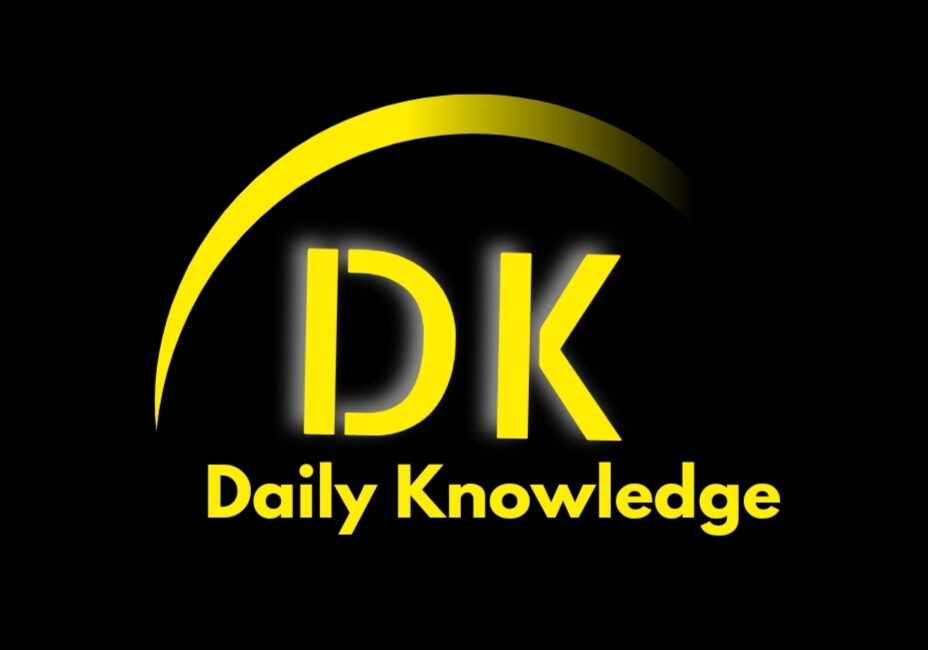how AI news anchors like Lisa and newsroom automation are transforming Indian journalism in 2025. Discover the pros, cons, and future of AI-generated news broadcasting, multilingual AI breakthroughs, and audience trust in AI presenters. Ai News Anchor in India 2025: Pros and Cons of Ai News Anchor.
AI News Anchors and the Future of Indian Journalism in 2025

As we step into 2025, the Indian media landscape stands at a crossroads, driven by the rapid adoption of AI technology in news broadcasting and evolving audience preferences. From the debut of Lisa, India’s first regional AI news anchor, to widespread use of AI-generated news broadcasting, the integration of artificial intelligence is reshaping how news is produced, presented, and consumed nationwide.
This blog explores the impact of AI on journalism India, the ongoing debate around AI vs human news anchors, the rise of newsroom AI automation, and the breakthroughs that are transforming Indian news media.
The Rise of AI News Anchors in India: Meet Lisa and Beyond

One of the most visible manifestations of AI in Indian media in 2025 is the advent of AI news anchors like Lisa, launched by Odisha Television Limited (OTV). As a regional AI news anchor in India that delivers news in Odia and English, Lisa exemplifies the cutting edge of artificial intelligence news anchors gaining prominence.
- Cost-efficiency: Lisa costs roughly one-tenth of a human anchor’s salary, making AI anchors attractive options for broadcasters operating on tight budgets.
- Uninterrupted Broadcasting: Unlike human anchors, AI presenters like Lisa can work 24/7 without fatigue or errors.
- Multilingual Capability: AI anchors help overcome linguistic barriers, delivering regional news in audiences’ native tongues.
- Consistent Presentation: These anchors maintain uniformity in tone and appearance, enhancing brand reliability.
This trend is not limited to OTV. National channels and state broadcasters such as Doordarshan are investing in AI presenters, signaling the growing role of AI anchors India in mainstream television.
How AI is Changing Indian News Media: Automation and Personalization

The growing integration of AI technologies across newsrooms is more than just automation of anchors; it is transforming entire newsroom AI automation processes:
- Automated News Writing: AI tools generate news scripts and summaries faster, reducing dependence on manual reporting for routine topics.
- Data-Driven Reporting: AI analyzes large datasets to detect news trends and flag significant events in real-time.
- Personalized News Delivery: Platforms use AI algorithms to recommend content tailored to viewer interests and preferences.
- Multilingual News Generation: AI enables automated translation and voice synthesis for multiple Indian languages, expanding reach dramatically.
Additionally, research shows that 44% of Indians are comfortable with AI-generated news broadcasting, far higher than many Western countries where skepticism is greater. The practical utility of AI in a linguistically complex and diverse country like India accelerates its adoption in media.
Ai vs Human News Anchors: Pros, Cons, and What the Future Holds

The rise of AI anchors has sparked intense debates about the future of news anchors India. Here’s a breakdown of the core arguments:
Pros of AI News Anchors
- Cost Savings: AI reduces operational expenditure on salary and benefits.
- 24/7 Availability: AI anchors continuously deliver breaking news without downtime.
- Language Versatility: Easily switch between languages to reach diverse audiences.
- Error Reduction: Programs eliminate human slip-ups like mispronunciations or fatigue-related mistakes.
Cons and Challenges of Ai News Anchors
Lack of Emotional Connection: AI fails to replicate the empathy and spontaneity of human presenters.
- Limited Adaptability: AI anchors struggle in live or unscripted scenarios requiring quick thinking.
- Audience Trust Issues: Viewers often feel more comfortable engaging with human anchors.
- Reinforcement of Biases: AI systems can inherit biases present in their training data, amplifying issues seen in Indian media.
The future will likely be hybrid: AI anchors handling routine bulletins while human journalists focus on investigations, live coverage, and nuanced reporting. This collaboration promises to harness the advantages of AI without losing the invaluable human touch.
Ai News Anchor Lisa: How Ai Is Revolutionizing Indian News & The Future of Human Anchors 2025
Viewer Reaction and Trust: How Do Audiences Perceive Ai Anchors?

Viewer acceptance is crucial for the success of AI anchors. Initial novelty often sparks curiosity, but sustained engagement depends on trust and credibility:
- Interest in Innovation: Early users are intrigued by AI’s capabilities, boosting initial viewership.
- Concerns About Authenticity: Some audiences find AI anchors less relatable due to their robotic nature.
- Transparency Matters: Broadcasters who disclose AI’s role maintain higher trust levels.
- Improved Reception Over Time: Studies suggest viewer comfort with AI anchors grows as technology matures and presentations become more natural.
As AI tools improve, especially in emotional expression and linguistic nuances, audience trust is expected to rise. For instance, viewers appreciate that AI anchors avoid human errors seen during live broadcasts.
Advances in Ai for News Content Creation: The Backbone of Modern Newsrooms

The role of AI in journalism extends beyond anchors to include content creation:
- Script Generation: AI writes news scripts based on data feeds and verified sources.
- Video Editing and Production: AI automates editing, clipping, and subtitling to speed up news broadcasting.
- Automated Fact-Checking: AI tools cross-verify facts to improve accuracy and reduce misinformation.
- Audience Analytics: AI tracks viewer behavior to optimize news scheduling and content focus.
India’s media houses, eager to stay competitive in a digital-first market, are rapidly investing in these technologies, pushing the boundaries of traditional journalism.
The Role of Artificial Intelligence in Television News: A Paradigm Shift

AI is redefining television news by:
- Enabling Hyperlocal and Regional Reporting: AI news anchors serve multiple languages catering to India’s diverse population.
- Extending Broadcast Hours: Channels can operate non-stop economically.
- Providing Real-Time Updates: AI monitors global events to update news cycles seamlessly.
- Reducing Editorial Bias: Though still a challenge, AI systems with human oversight aim for more balanced news delivery.
As adoption grows, AI anchors and automation reshape newsroom dynamics and create new career roles, from AI trainers to data editors.
Conclusion: AI and Human Anchors Together Defining Indian Media’s Future
Artificial intelligence is not a threat but an opportunity for Indian journalism. As AI news anchors like Lisa enhance efficiency and accessibility, human journalists remain indispensable for empathy, critical thinking, and live engagement. The amalgamation of AI technology in news broadcasting and human creativity signals a promising future where technology and tradition blend to serve India’s vibrant and diverse audience.
Stay informed on the latest in AI news anchors, newsroom automation, and AI journalism India as the industry evolves in 2025 and beyond.

